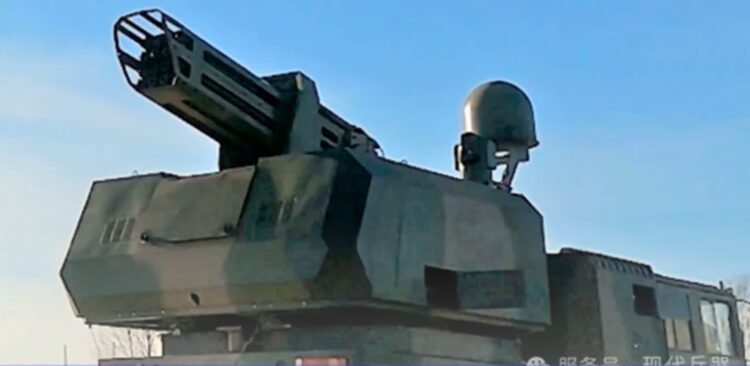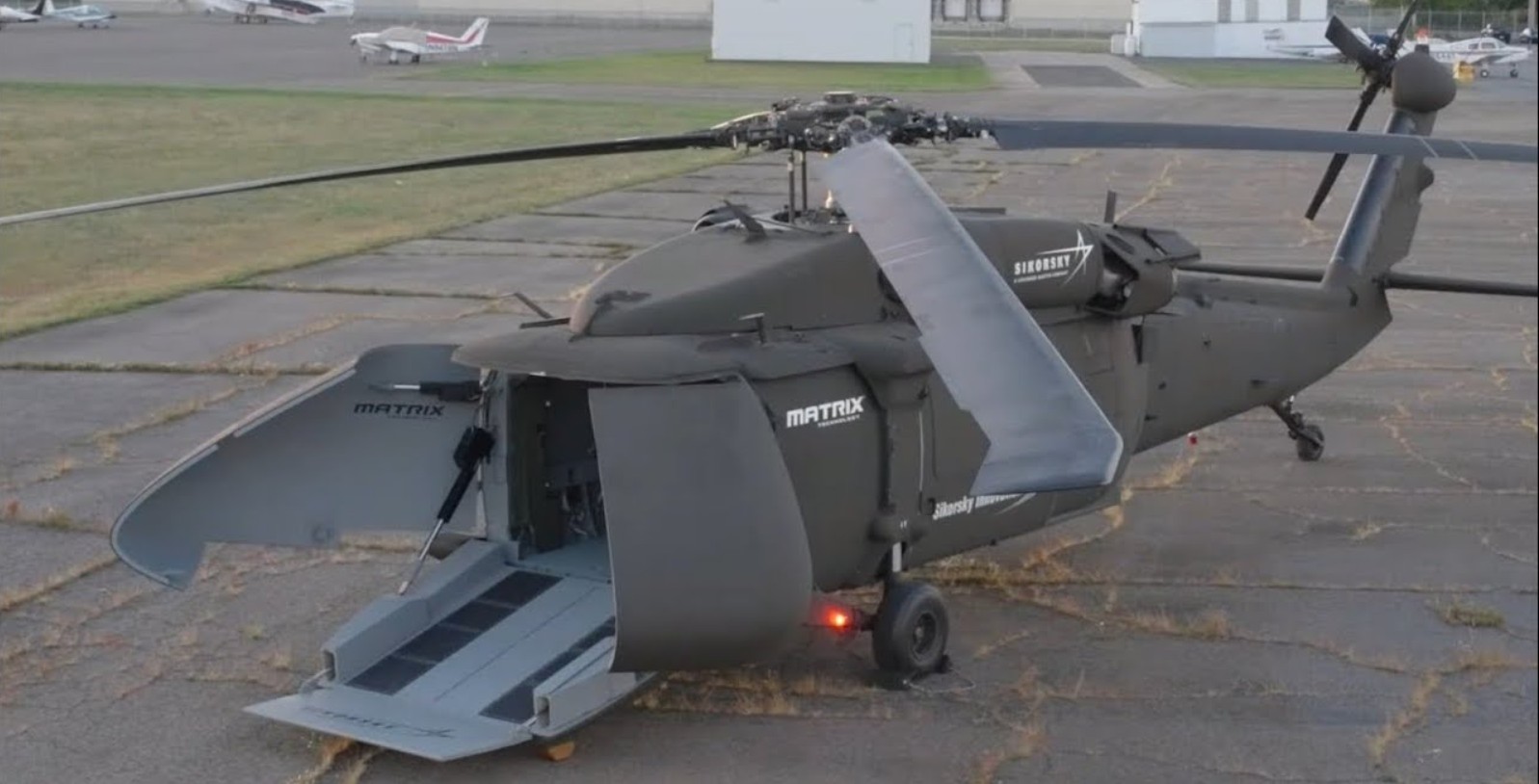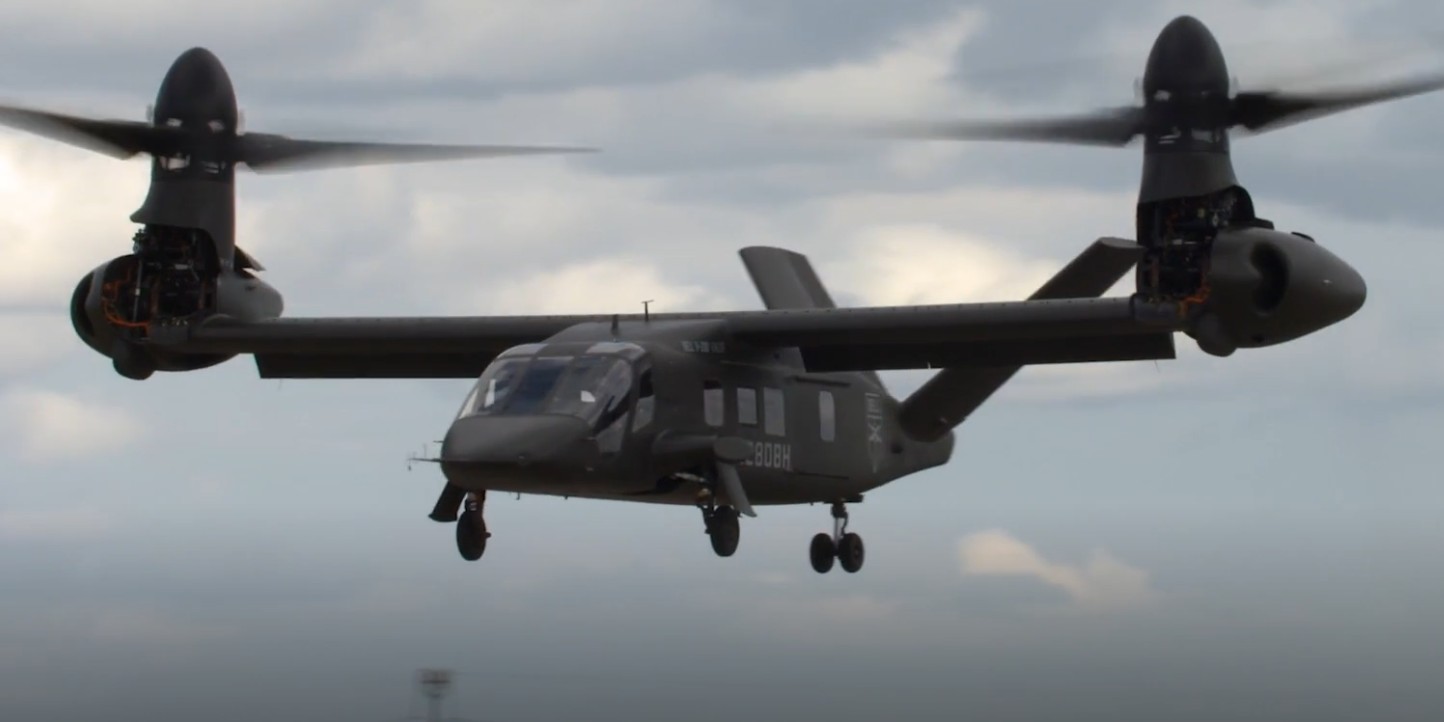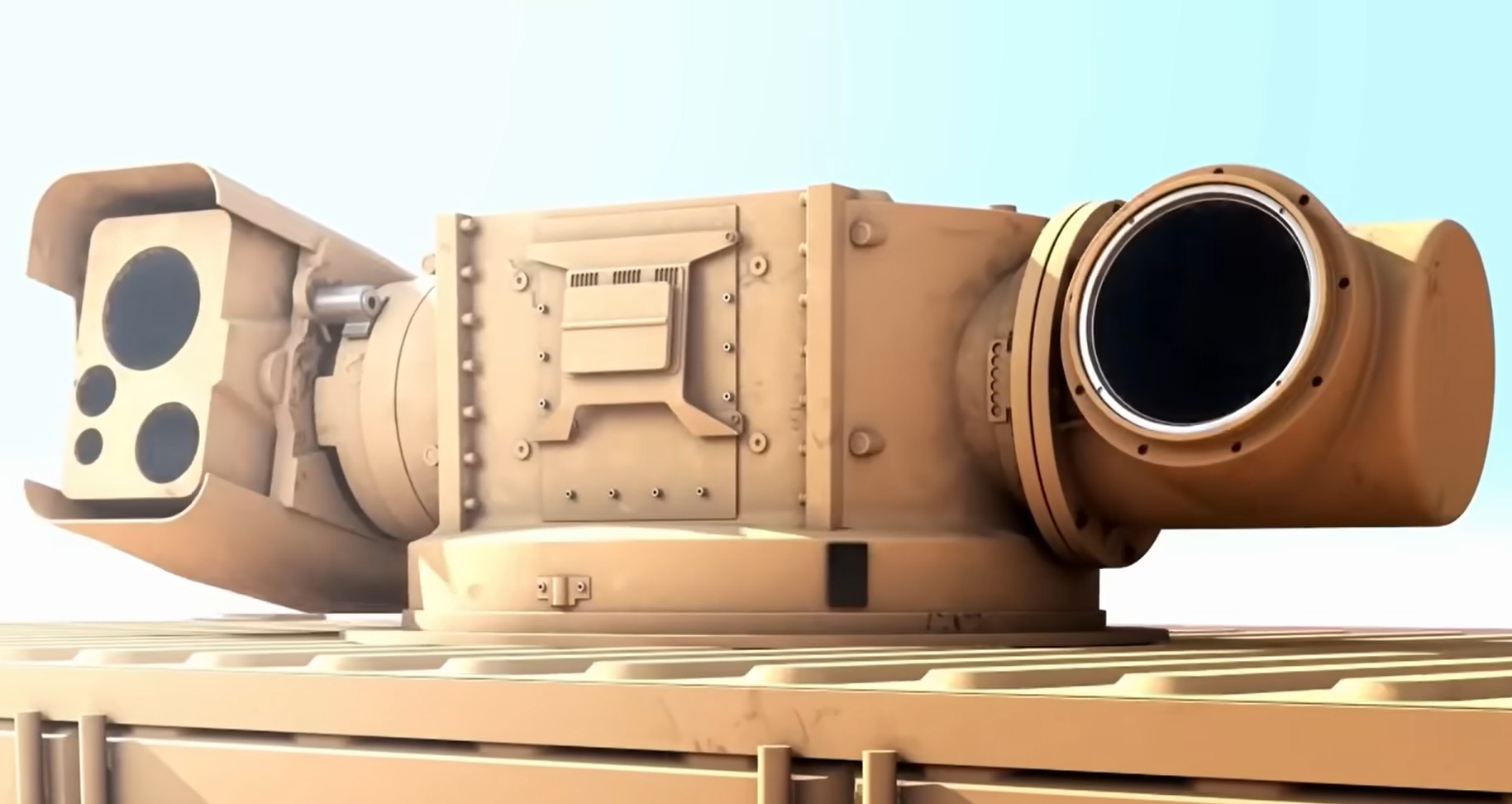In recent years, the proliferation of drones in both civilian and military spaces has led to growing concerns worldwide about security and privacy. Drones, or unmanned aerial vehicles (UAVs), have become crucial tools in various sectors, from agriculture to filmmaking, and increasingly, they are a significant part of military arsenals. However, their widespread availability and versatility have also given rise to a new spectrum of challenges, including unauthorized surveillance, potential terrorist activities, and even combat threats from adversaries leveraging drones for strategic advantage.
The Rising Challenge of Drone Warfare
The evolution of drone technology has made these devices more affordable and accessible, leading to concerns over their misuse. Militaries around the world have faced challenges in countering small, agile UAVs that can be deployed en masse to conduct reconnaissance, deliver payloads, or swarm defenses. Drones can bypass traditional defense systems which were primarily designed to tackle larger threats, making them particularly difficult to counter.
The surge in drone proliferation has prompted countries to invest heavily in anti-drone technologies. Traditional methods include electronic jamming and using interceptor missiles, but these approaches are often costly and not always effective against swarms or low-profile UAVs.
Introducing the ‘Bullet Curtain’
In response to these evolving threats, China has developed a novel defense mechanism known as the “Bullet Curtain.” This system aims to create a physical barrier in the air that can intercept and neutralize approaching drones. Drawing inspiration from both historical defensive tactics and modern technology, the Bullet Curtain deploys a continuous barrage of projectiles to create an impassable layer of protection.
This innovative solution utilizes rapid-fire gun systems, strategically positioned to cover a wide area. The concept is akin to laying down a curtain of bullets across a designated airspace, effortlessly dispatching incoming threats. By focusing on kinetic energy rather than electronic disruption or expensive missile systems, the Bullet Curtain offers a cost-effective and scalable solution to drone defense.
How the System Works
The Bullet Curtain operates through a network of high-caliber, rapid-firing guns using advanced targeting systems. These guns are equipped with radar and artificial intelligence to detect and track UAVs. Once identified, they coordinate to unleash a sustained barrage of bullets precisely timed and directed to ensure maximum interception probability.
The entire system relies on continuous feedback loops provided by AI-driven ballistic computers. These computers analyze flight patterns in real-time, making adjustments to firing solutions dynamically. This adaptability allows the system to efficiently adapt to changing scenarios, such as varying drone speeds, altitudes, and swarm formations.
Strategic Advantages and Limitations
The Bullet Curtain system boasts several advantages that make it particularly appealing for modern military applications. Beyond cost-effectiveness, its main benefit is scalability. The system can be expanded to protect larger areas or reinforced around high-priority locations, such as military bases or critical infrastructure.
Moreover, the physical aspect of the Bullet Curtain provides a psychological advantage, as potential aggressors must now consider the barrier it presents in operational planning. The certainty of interception could act as a deterrent, reducing the likelihood of drone incursions.
However, the Bullet Curtain is not without limitations. The indiscriminate nature of rapid-fire defenses might pose risks to nearby civilian populations, particularly in urban environments. Moreover, collateral damage from falling debris or stray bullets could complicate its deployment in densely populated or sensitive areas.
Technical Specifications of the Bullet Curtain
| Specification | Details |
|---|---|
| Projectile Type | High-caliber bullet |
| Firing Rate | Up to 2,000 rounds per minute |
| Detection Range | 10 kilometers |
| Effective Altitude | Up to 2 kilometers |
| Control System | AI-driven ballistic computer |
| Targeting System | Radar and infrared sensors |
Global Implications and Future Prospects
China’s Bullet Curtain signifies a transformative step towards rethinking conventional air defense strategies in the age of UAVs. By prioritizing kinetic interception, it offers an alternative to electronic warfare techniques, potentially serving as a foundation for future developments in anti-drone measures.
As global tensions rise with increasing geopolitical complexities, nations might consider adopting or adapting similar systems to fortify their defenses against emerging aerial threats. The Bullet Curtain represents both technological ingenuity and strategic foresight, addressing a growing concern faced by militaries around the world.
As with any pioneering technology, ongoing research and development will be crucial. Future iterations could enhance precision, minimize risks associated with its deployment, and expand its utility beyond military applications to encompass civilian protection, ensuring the safety and security of nations as drone technology continues to evolve.









